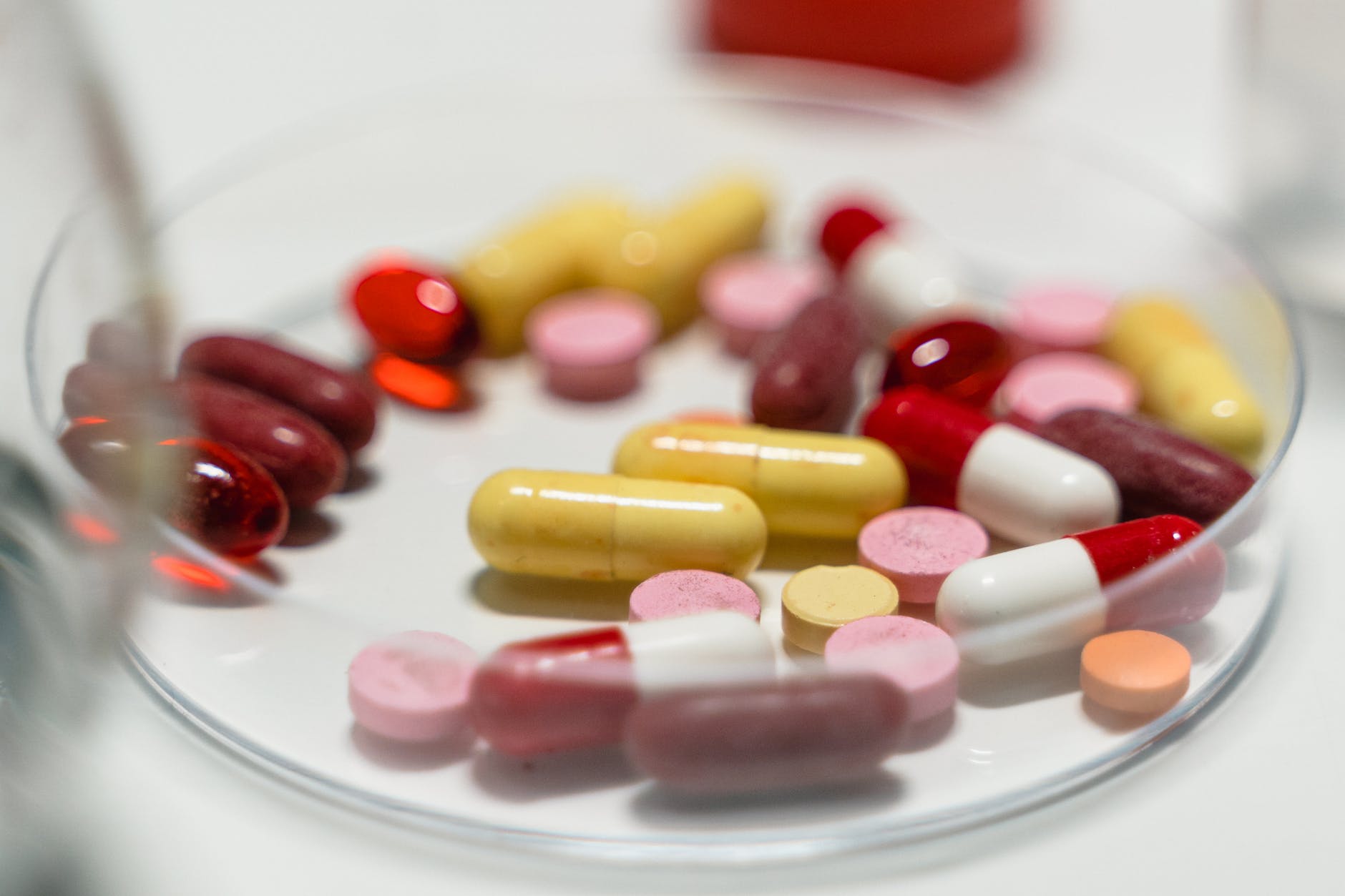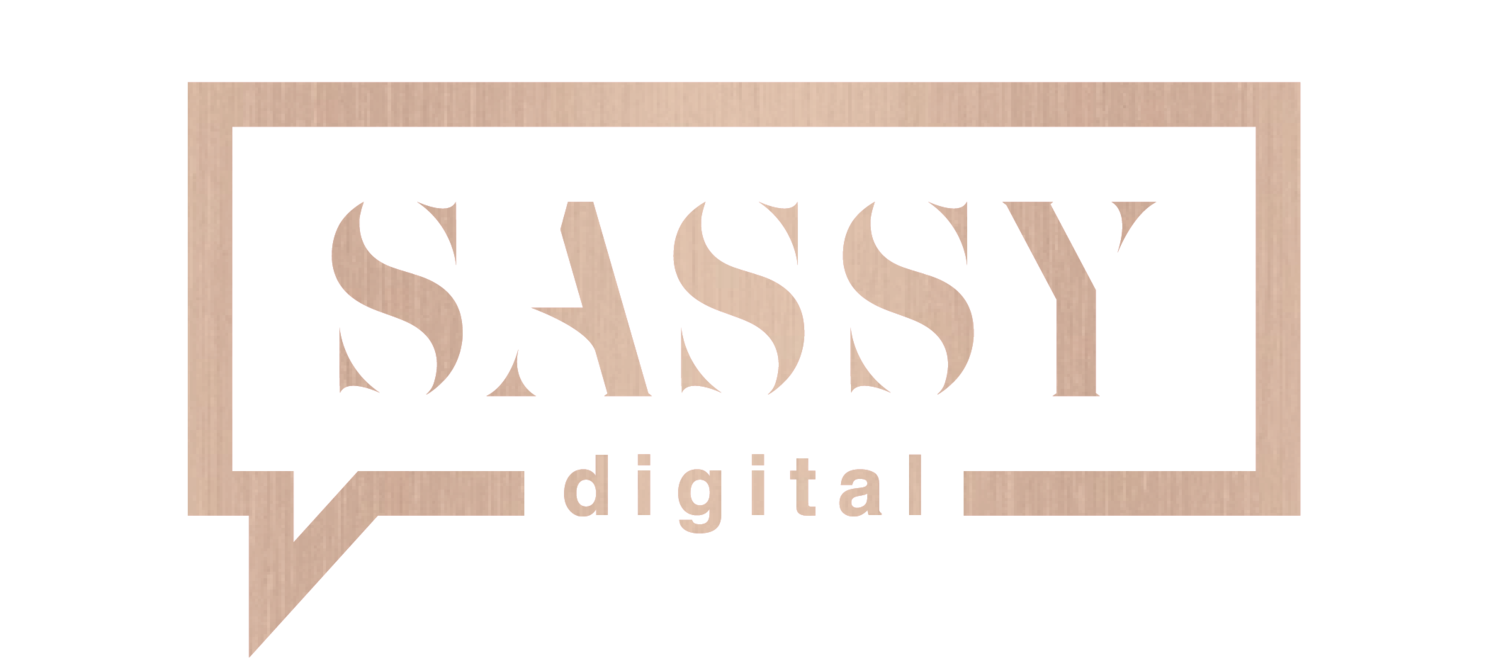
How to detox the Pharma Supply Chain
Technology advances, new regulations, and personalized medicine can make it difficult to manage pharmaceutical supply chains. Supply chains that are successful use new IT, share information, and embrace change.
Amazon purchased PillPack in 2018, an online pharmacy that caters to people who use multiple prescription drugs daily. “The acquisition signals that e-commerce is a new channel for prescription drugs,” Kaushal Dave (global vice president of solutions and customer engagement at Aera Technology), which provides real-time cognitive automation, said.
E-commerce is just one of many changes that are transforming the pharmaceutical supply chain. Other technological advances include the increased deployment of Internet of Things devices (IoT), changing regulations, and the push for personalized medicine.
These changes can be navigated successfully to ensure efficient supply chain and logistics management. Alisha Greenwald is the senior director of client strategy at BlueGrace Logistics. She says that supply chain excellence is crucial because of the importance of pharmaceutical goods being transported.

The path to good health: Challenges
Most companies must address several hurdles before they can achieve supply chain excellence. One of the obstacles is forecasting accurately demand, especially for new products. It can take many years for regulatory approval.
Accurate demand forecasting is not possible even for well-established products. This requires data from many sources such as historical transactions volume, sales forecasts, supplier input, and supplier input. Inaccuracies can result from outdated information when forecasts are made.
Inventory management can also be affected by inaccurate forecasting. Companies that use outdated technology or legacy information might not be aware they can reroute stock to another warehouse that has the product. This blind spot could lead to excess inventory at one warehouse consuming working capital while stock shortages at the other place can eat into margins.
E-commerce has made it more difficult to forecast demand and manage inventory. Pharma companies will have to create forecasts and inventory that are specific to this channel.
The pharmaceutical supply chain is also being reshaped by the changing regulatory environment. Perry Fri, executive vice president of the Healthcare Distribution Alliance (HDA), and chief operating officer at the HDA Research Foundation, said that the Drug Supply Chain Security Act will create an electronic, interoperable framework for identifying and tracking serialized products through the supply chain at the unit level by 2023. Distributors must accept only products with the required identifier as their next milestone. This is due to take place in November 2019.
Fri states that there are nearly 59,000,000 units of pharmaceutical products being used annually.
Additionally, the government is proposing legislation to address the affordability of prescription drugs and reduce the prevalence of prescription drug abuse. They will also affect the supply chain of pharmaceutical drugs, though it is too early to know how this will impact them.
These challenges are compounded by the increasing use of personalized or precision medicine. In this setting, physicians test for biological markers to determine which treatments and procedures work best for each patient. According to the Personalized Medicine Report by the industry group Personalized Medicine Coalition, biopharmaceutical researchers expect a 69% increase in the number of personalized medicines under development in the next five years.
Personalized medicine is a popular topic because it can improve patient outcomes. The increasing number of treatments can also increase the complexity of the supply chain.
Technology fulfills the prescription
How can pharmaceutical companies overcome these problems and still thrive? Technology will play an important role. Unit load devices (ULDs), for example, allow pharma distributors and pharma companies to monitor the status of their shipments while they are in transit.
Leandro Moreira is director of the Health Technologies Distribution Alliance and vice president at your way. He says that today’s tracking devices are more than GPS.
ULDs provide information about the product’s exposures to light, shock, and vibration. Some devices can determine if a package has been placed horizontally or vertically.
According to Chuck Forsaith (senior director of the Pharmaceutical Cargo Security Coalition, an arm of the HDA), many devices provide this data in near real-time. Companies can prevent lost or damaged products by knowing what is happening to their goods while in transit.
These devices allow air cargo to play an even larger role in the pharma supply chain. Yulia Celetaria is the global director of pharma at AirBridgeCargo. She says that these high-tech devices “are our eyes, ears, and noses in flight and they help us maintain shipment integrity.” She adds that the CAGR (average growth rate) for AirBridge’s pharmaceutical shipments has topped 45% over the past three years.
Digitalization–converting information into a digital format that computers can process–also allows for the more accurate supply chain management. Jay Stansell, an accountant with Grant Thornton, gives this example. A meter that tracks the use of a fulfillment operation for package delivery finds that Product A uses 50% of its capacity while five other products use approximately 10%. The software can use this information to accurately attribute costs to each product and not just spread them evenly across six products.
“Digitization changes data availability,” Stansell says. It allows companies to access data at the product level so that they can make informed decisions about their technology investments.
Pharma gets a dose of Blockchain
The pharma supply chain may be able to use blockchain. “Blockchain technology enables you to trace and authenticate unique and valuable products within healthcare and pharmaceutical supply chains,” Luca Graf, Head of Digital Innovation at Panalpina, a supplier of supply chain solutions, says. He says that each step, from manufacturing to packaging, storage, and transportation, can be tracked and recorded.
Several obstacles prevent blockchain from being used. The lack of industry standards and the siloed nature of data within the pharmaceutical supply chains are two of the obstacles to blockchain’s use. Cellaria states that the industry must move beyond peer-to-peer data exchange and embrace information transparency for all supply chain stakeholders.

FAST PHARMA
Another problem is the slow data processing speed. Although private chains are faster in logistics and supply chains, it is often more difficult for companies to transfer their data to private blockchains. While public blockchains allow collaboration and scalability, they have slower data processing speeds.
Graf believes that a blockchain-based tracking system and authentication system can be used to solve the challenges facing the industry. It will increase security, trust, and transparency in pharma supply chain supply chains. This will lower costs for counterfeit and transportation drugs.
Technology is not the only tool that can be used to improve the supply chain for pharma. Forsaith states that sharing intelligence and collaboration among companies can help to maintain supply chain integrity after an incident occurs.
He cites a Connecticut pharmacy warehouse burglary in 2010 where criminals stole approximately $80 million worth of drugs. They climbed up to the roof and entered the drug warehouse through a hole that they made.
Other pharmaceutical companies were alerted by the pharmaceutical warehousing about the burglary and many were forced to improve their supply chain security. Forsaith says that no similar theft has been committed in the United States since then.
For some shipments, it is possible to run driver teams rather than single drivers. This can improve supply chain integrity. One person is always present with the vehicle, even if the drivers stop to refill their tanks. The truck will arrive at its pickup point fully fueled so it can reduce the number of stops it must make.
Forsaith states that when the PCSC was established more than a decade ago, U.S. drug companies lost between 40-60 large-scale shipments per year. This number was only four in 2018.
Embracing Change
These changes are expected to continue. Technology advancements will continue to improve and enhance supply chain transparency and efficiency. These shifts will benefit the companies that profit from them.





